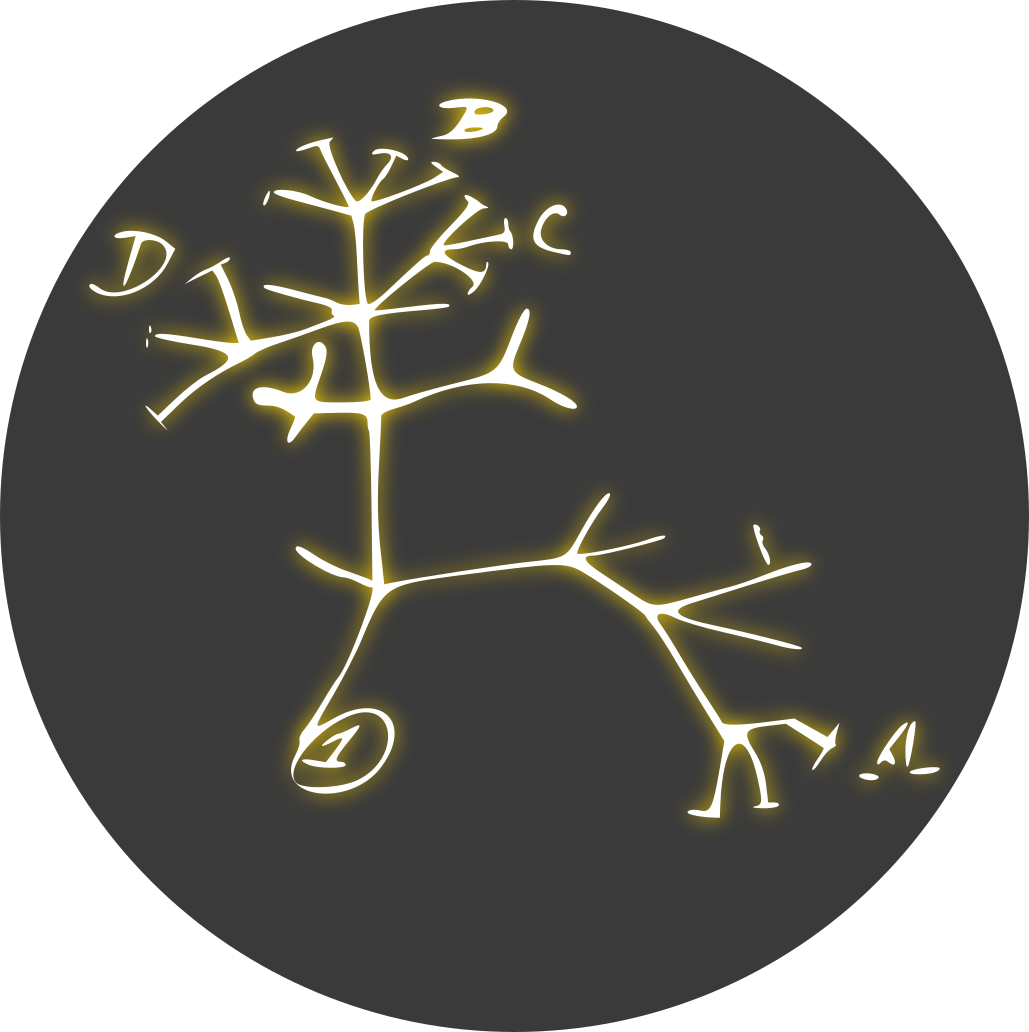- cross-posted to:
- wildfeed@sh.itjust.works
- cross-posted to:
- wildfeed@sh.itjust.works
Researchers don’t know exactly how psilocybin, a psychoactive compound found in psychedelic mushrooms, evolved. Now, a new study adds to the mystery: Its findings reveal that two different groups of fungi came up with independent ways to produce the seemingly magical molecule.
In a paper published September 21 in the journal Angewandte Chemie International Edition, scientists analyzed the genes and proteins used by Psilocybe and Inocybe mushrooms to make psilocybin. To their surprise, they found that the two genera of mushrooms produce the compound using completely different pathways.
Does psilocybin act similarly in different animals? What happens when Fungi itself decomposes Psilocybin?
I’m also super interested in the effects on fungus and psilocybin specifically, but it seems safe to assume that psychoactive compounds can generally affect different organisms differently, given that I’m pretty sure humans would be less capable than the spiders on mescaline and more capable on caffeine (dose dependent, I guess- maybe they just get shaky spinnerets instead of shaky hands).
I’d be curious to see that with dosage. Like maybe they’re just more sensitive to caffeine than originally expected, kind of how humans were way more sensitive to LSD than expected. But also, the effects of LSD in humans seem to plateau unlike alcohol, it would be interesting to see if the caffeine web is the spider falling off a metaphorical cliff
I think your instinct is right and invertebrates might be more affected by caffeine, because I did a lab on how fruit fly larvae respond to caffeine in which about a third of the class inadvertently killed their larvae.
I also suspect humans are less likely to continue trying fine motor tasks if they’re close to dangerously overdosing on caffeine, because it’s unpleasant as hell and most people would probably seek out medical attention instead of knitting through it.
I think reindeer eat them, but I’m not sure if they trip.
Psilocin is excreted in urine unchanged. I believe native shamans would drink the reindeer’s piss after it had eaten psilocin containing mushrooms that were otherwise inedible to humans.
I could be misremembering, but I think people would also drink the shaman’s piss after they “filtered” it?
What you’re referencing are Aminita Muscaria mushrooms. The active hallucinagenic compound is not psilocybin but rather muscimol. Psilocybin is a classic psychedelic, while muscimol is a depressant with sedative and dissociative properties.
It is true that muscimol doesn’t break down completely after ingestion, and shamans have used reindeer urine to consume what was left over.
I’m not sure how much psilocin (a metabolate of psilocybin) remains in urine, but it stands that the two compounds are very different, and interact with the human nervous system differently, even though the perceived effects are similar.
And I’m grateful
I just need to find a more reliable supplier!
If you live in NJ you can have them delivered. https://njweedmanjoint.com/product/order-albino-penis-envy-psilocybe-shrooms/
It’s really easy to grow them yourself with some very affordable supplies. Of course you need spores, or better yet a live culture to grow from. You can usually order the spores/culture online legally (although you should check local laws beforehand) because they do not contain psilocybin themselves.
This is a very easy method for growing your own mushrooms:
https://m.youtube.com/playlist?list=PLZkN1XUUEvapiQocq9Fs8XYsLmGrajZeX
I did shrooms once. I did them twice, too.
Fun implication here is that if alien life evolved somewhere there is now a slightly bigger statistical chance they might know about psilocybin.
What a lovely take on this



